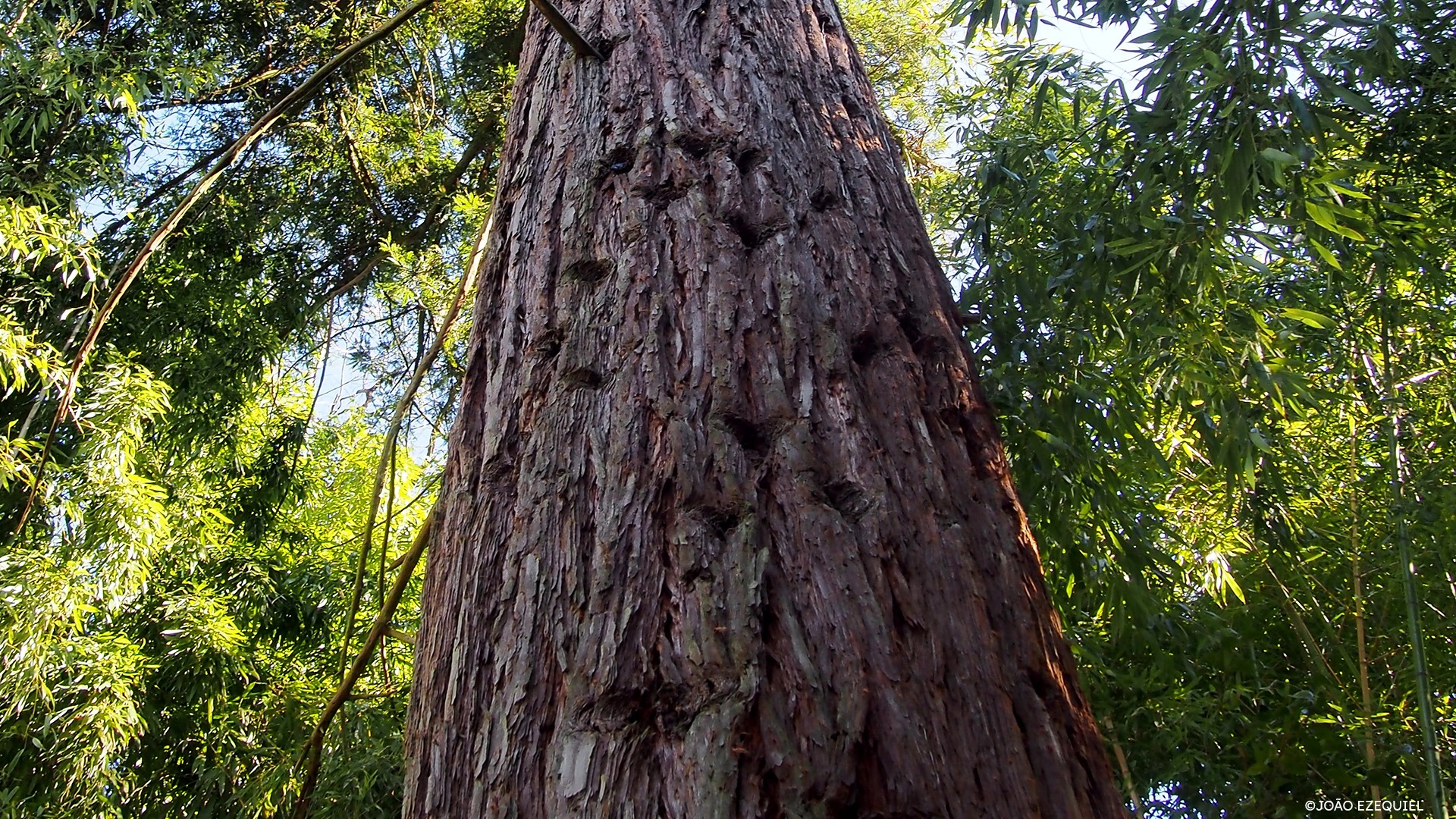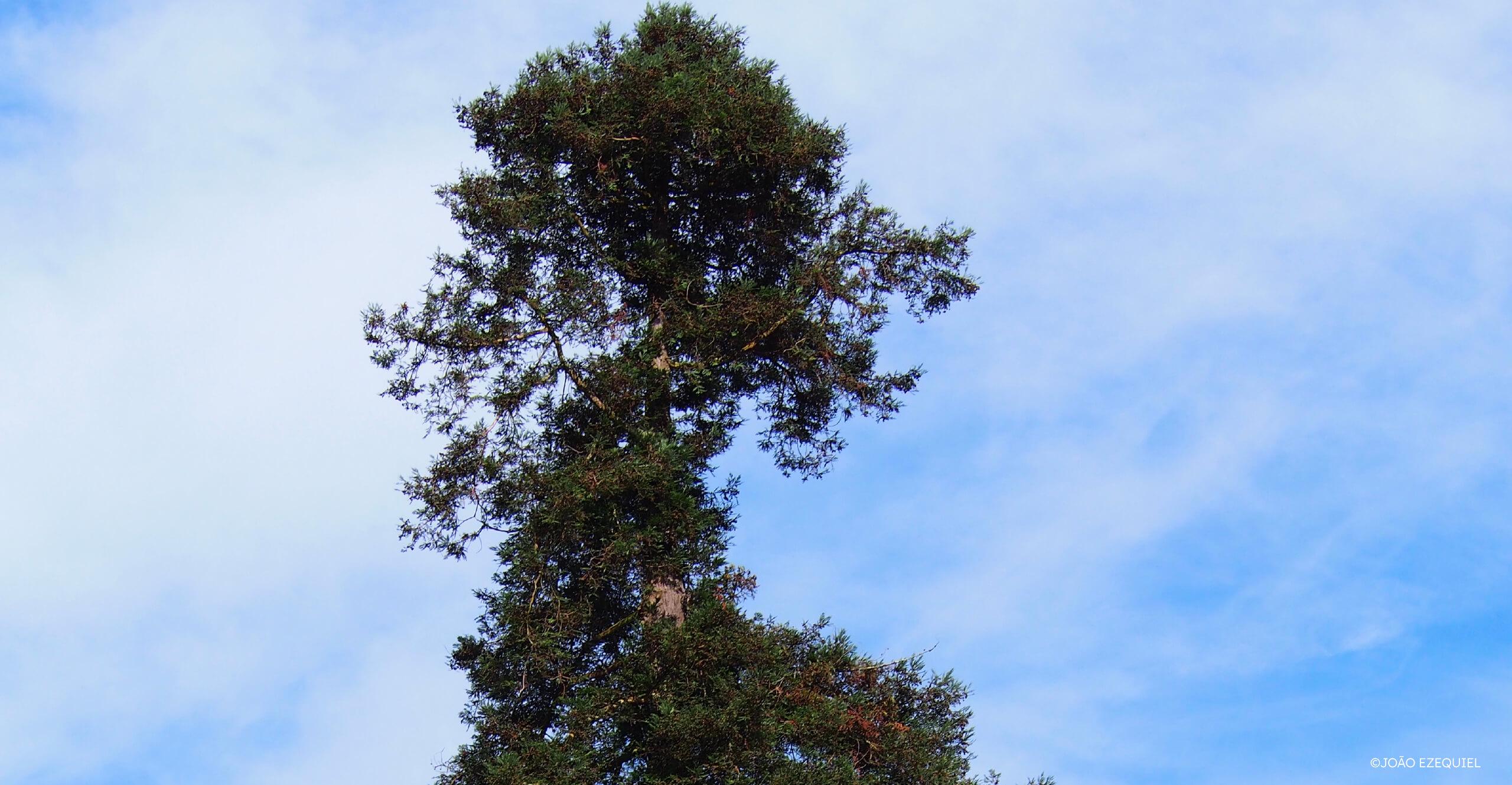Although they are more common in the United States of America, where they are native from, we can find these giant trees also in Portugal, mainly in national forests, gardens and several parks, usually below 310 meters of altitude.
Oddly enough, despite its size, pine cones produced by this tree (without losing the leaves in the cold seasons) are smaller than those of the common pine tree in Portugal and do not exceed three centimetres.
Its soft, good quality and deterioration-resistant wood make it appealing for many industries using it in construction and furniture manufacturing. However, a fair deal of the tallest and largest trees was felled in the late 19th and early 20th centuries for their valuable timber and are now onsidered endangered species by the IUCN Red List of Threatened Species.
But sequoias manage to survive for centuries and even millennia in some cases. To give you an idea, sequoias can live for 600 to 2600 years.





